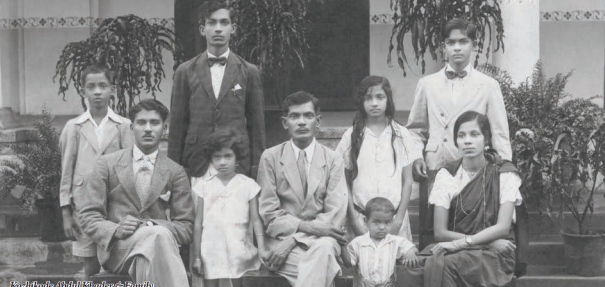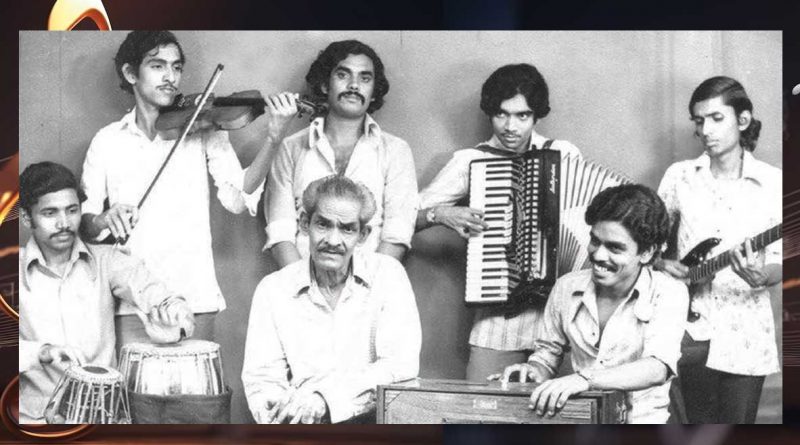Kozhikode’s Nightlife Echoes with Music


Kozhikode boasts a storied tradition of music festivities, with a community of enthusiasts who cherish a wide array of musical genres. The city’s music clubs, which began to flourish at the dawn of the twentieth century, are a testament to this passion. These clubs thrived on the empty upper floors of commercial buildings in the evenings, while shops operated below. The main centers of these clubs were in southern areas like Kuttichira, Parappil, Kundungal, Thekkumthala, Idiyangara, and Haluwa Bazaar, driving the cultural dynamism of the city. Trade in Kozhikode was concentrated in areas like SM Street, Silk Street, and Big Bazaar, where commercial activities wound down by two o’clock in the afternoon. This allowed music aficionados ample time to gather and indulge in their passion, making Kozhikode’s nightlife a musical haven long after other cities had gone to sleep. By the 1920s, several notable music clubs had emerged, including the Brothers Music Club, founded by Constable Kunju Mohammad and dramatist KT Mohammad, Salt Muhammed Koya’s Everest Music Club, Postman Syed Bhai’s Evening Club, Chembukandi Hassan Bhai’s Hindustan Club, and Archie Hutton’s Orchestra. The Brothers Music Club and Hutton’s Orchestra engaged in friendly competitions at the YMCA, captivating audiences who eagerly debated which club performed better. Annual concerts at the town hall further enriched the city’s musical landscape.
These clubs welcomed not only local talents but also singers from North India, offering a valuable learning experience for Kozhikode’s musicians. The audiences, sitting on grass mats, included people from all walks of life, from laborers and goldsmiths to writers and businessmen, dissolving social boundaries in the shared joy of music. The night mehfils of Kozhikode, often referred to as the ‘darbar’ of the common people, were characterized by the harmonious blend of the harmonium, the rhythm of the tabla, and the aroma of beedi smoke. Enthusiasts often adorned exceptional singers with gilt necklaces, and the clubs were instrumental in nurturing the talents of many celebrated singers, such as M S Baburaj, Kozhikode Abdul Khader, Nallalam Beeran, and SM Koya. The clubs featured essential instruments like the tabla and harmonium, along with the sitar, sarangi, and dilruba brought by visiting musicians. Renowned performers included tablists Abu Ustad, Bichamu, Lawrence, and Usman, violinist Nohan, and harmonium maestros Vincent’s Master and SM Koya. Singers from Mangalore, Mumbai, and Kolkata were often hosted by wealthy merchants passionate about music, leading many to settle in Kozhikode due to the city’s welcoming atmosphere.
people from all walks of life, from laborers and goldsmiths to writers and businessmen, dissolving social boundaries in the shared joy of music. The night mehfils of Kozhikode, often referred to as the ‘darbar’ of the common people, were characterized by the harmonious blend of the harmonium, the rhythm of the tabla, and the aroma of beedi smoke. Enthusiasts often adorned exceptional singers with gilt necklaces, and the clubs were instrumental in nurturing the talents of many celebrated singers, such as M S Baburaj, Kozhikode Abdul Khader, Nallalam Beeran, and SM Koya. The clubs featured essential instruments like the tabla and harmonium, along with the sitar, sarangi, and dilruba brought by visiting musicians. Renowned performers included tablists Abu Ustad, Bichamu, Lawrence, and Usman, violinist Nohan, and harmonium maestros Vincent’s Master and SM Koya. Singers from Mangalore, Mumbai, and Kolkata were often hosted by wealthy merchants passionate about music, leading many to settle in Kozhikode due to the city’s welcoming atmosphere.
This hospitality fostered the Mehfil culture, attracting numerous North Indian singers to the city, with notable patrons like Shyamji Sunderlal hosting private concerts illuminated by petrol lamps and accompanied by Sulaimani and Kochikoya dessert. During these concerts, male duets were sometimes performed by female singers, with C A Aboobacker making his debut as a female voice in such settings. The enthusiastic audience’s rhythmic claps and the singer’s contentment were iconic sights of the era. Eminent singers like Ustad Sadaqatullah, Bangalore Abdul Razak, Gul Mohammad, and Jan Mohammad performed ghazals, qawwalis, and thumris, making the clubs vibrant with music throughout the night and paving the way for the emergence of many Malayalee singers. However, the music clubs began to decline in the 1980s with the rise of Gulf migration and the advent of tape recordings, which made music consumption a more solitary experience. Over time, these clubs transitioned into carrom clubs and tuition centers. Today, music has become a commercial product, and the intimate connection between singers and their audience has faded. Unlike the past, where singers mingled with their listeners, today’s performers are often distant figures on decorated stages, leaving music lovers nostalgic for the days when they could enjoy a cup of tea and share the rhythm with the artists.


